The Ultimate Guide to Hoyer Lifts
What are Hoyer lifts and how do they work?
Hoyer lifts are mechanical devices used to move people who have limited mobility. They typically have a sling that the person sits or lies on, which is then hoisted and transferred using the lift's frame. The sling is easily attached to the lift and can be adjusted to accommodate the individual's size and position. Hoyer lifts work by using a hydraulic pump or an electric motor to lift and then lower the person. The lifts are operated by a caregiver or a healthcare professional and are used to safely transfer a person from one place to another, such as from a bed to a chair.

Different types of Hoyer lifts and their features
Hoyer lifts come in various types, each with its specific features. Here's a quick rundown:
- Manual Hoyer Lifts: These are operated by the caregiver and are best for occasional use or when power sources are limited.
- Electric Hoyer Lifts: These lifts are powered by electricity, making them easier to operate and ideal for frequent use.
- Hydraulic Hoyer Lifts: These lifts use hydraulic power and are suitable for transferring patients with limited mobility.
Each type has its unique benefits, so it's essential to consider the patient's needs and the caregiver's preferences when choosing the right Hoyer lift.
Benefits and advantages of using Hoyer lifts
Hoyer lifts provide a safe and efficient way to transfer individuals with limited mobility, reducing the risk of injury for both the caregiver and the person being lifted. Some of the benefits and advantages of using Hoyer lifts include:
- Safe Transfers: Hoyer lifts are designed to provide a secure and stable transfer, reducing the risk of falls and injuries during lifting and transferring.
- Independence: Using a Hoyer lift can promote independence for individuals with mobility issues, allowing them to move from one place to another with minimal assistance.
- Reduced Strain: Caregivers can avoid back and muscle strain by using a Hoyer lift, as the lift does the heavy lifting, reducing the physical strain on the caregiver's body.
- Versatility: Hoyer lifts are available in different models, allowing for various lifting and transferring needs, such as from bed to chair, wheelchair to toilet, and more.
These benefits make Hoyer lifts a valuable tool for maintaining safety and comfort during transfers for individuals with mobility challenges.
Finding the right Hoyer lift for your needs
When looking for a Hoyer lift, you'll want to consider a few things. First, think about the weight capacity of the lift - make sure it can handle the person's weight. Next, consider the type of sling the lift will use. There are different types of slings for various needs - such as full-body slings, toileting slings, and stand-assist slings. Finally, consider the size and layout of the space where the lift will be used. Some models are more compact and maneuverable than others, so choose one that will work well in your specific environment.
Proper operation and safety tips for using Hoyer lifts
When using a Hoyer lift, always ensure that the lift is in proper working condition and has been inspected regularly. Make sure to follow the manufacturer's instructions and guidelines for safe operation. Here are some safety tips to keep in mind when using a Hoyer lift:
- Always ensure that the patient is secured properly with the appropriate sling and straps before lifting.
- Check the weight capacity of the lift and ensure that it is suitable for the patient's weight.
- Avoid sudden movements or jerking motions during the lifting process to prevent injury to the patient.
- Position the lift on a flat, stable surface and avoid any obstacles or hazards in the surrounding area.
- Communicate with the patient throughout the lifting process to ensure their comfort and safety.
- Always have a second person available to assist with the lifting process if needed.
By following these safety tips and guidelines, you can ensure proper operation and minimize the risk of injury when using a Hoyer lift.
Understanding the cost and insurance coverage for Hoyer lifts
Hoyer lifts are usually not covered by insurance as they are seen as a convenience item. The cost for a Hoyer lift can vary depending on the type and features, but generally range from $400 to $6,000. Factors that can affect the cost include the weight capacity, manual or electric operation, and additional accessories such as slings. It's important to check with your specific insurance plan to understand if they provide any coverage for Hoyer lifts, as some plans may offer partial reimbursement.
Care and maintenance of Hoyer lifts
To keep your Hoyer lift working smoothly and safely, regular maintenance is essential. Here are some tips for caring for your Hoyer lift:
- Inspect the lift for any signs of wear and tear, such as frayed cables or loose nuts and bolts.
- Follow the manufacturer's guidelines for lubricating moving parts and keeping the lift clean.
- Check the sling for any damage and replace it if necessary to ensure the safety of the patient.
- Regularly test the lift's functionality, including the emergency stop and lowering mechanisms, to make sure everything is working properly.
By following these maintenance tips, you can ensure that your Hoyer lift remains in good working condition and provides safe and effective assistance for patients.
Training and certification for Hoyer lift usage
To use a Hoyer lift, it’s important to be properly trained and certified. This training ensures that you know how to operate the lift safely and effectively, reducing the risk of accidents or injuries. Most healthcare facilities provide training for Hoyer lift usage, and some may require certification to ensure staff competency. If you work in a healthcare setting, your employer may offer training and certification as part of your onboarding process. It's crucial to follow the manufacturer’s guidelines and recommendations while using a Hoyer lift to ensure the safety and well-being of the individual being lifted.
Final thoughts on Hoyer lifts and their impact
When considering Hoyer lifts, it's important to understand their significant impact on improving the quality of life for both caregivers and those being lifted. Here are a few key points to keep in mind:
- Hoyer lifts offer a safe and efficient way to transfer individuals with limited mobility, reducing the risk of injury for both the caregiver and the person being lifted.
- These lifts come in various types and weight capacities to accommodate different needs, providing versatile solutions for different caregiving situations.
- Investing in a Hoyer lift can ultimately lead to greater independence and comfort for individuals with mobility challenges, as well as peace of mind for caregivers.



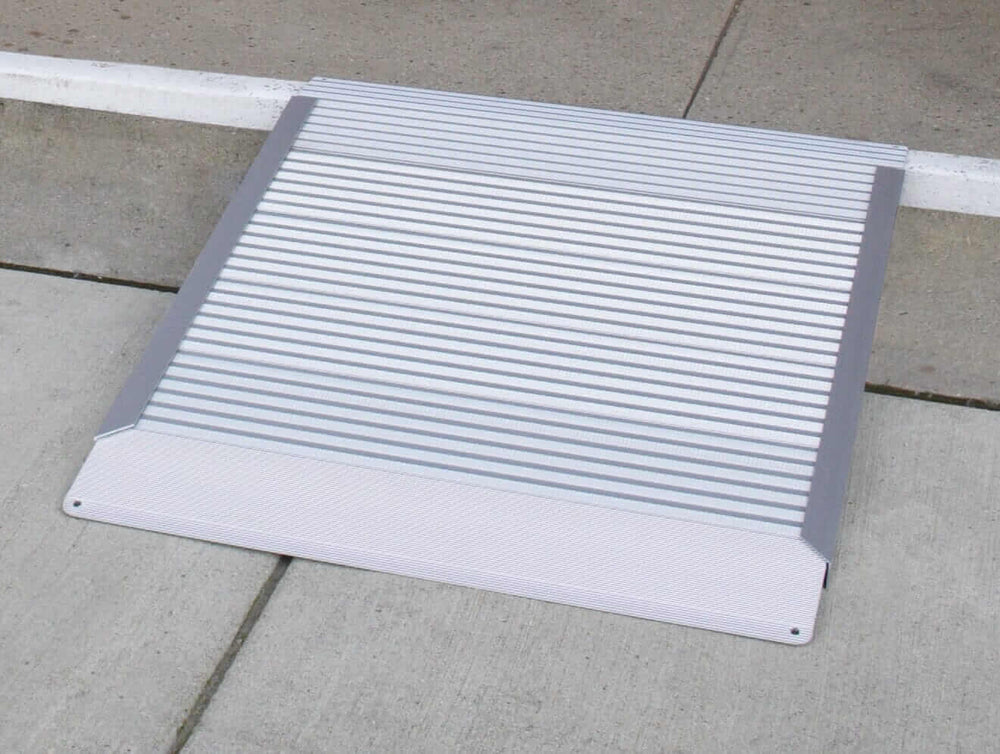
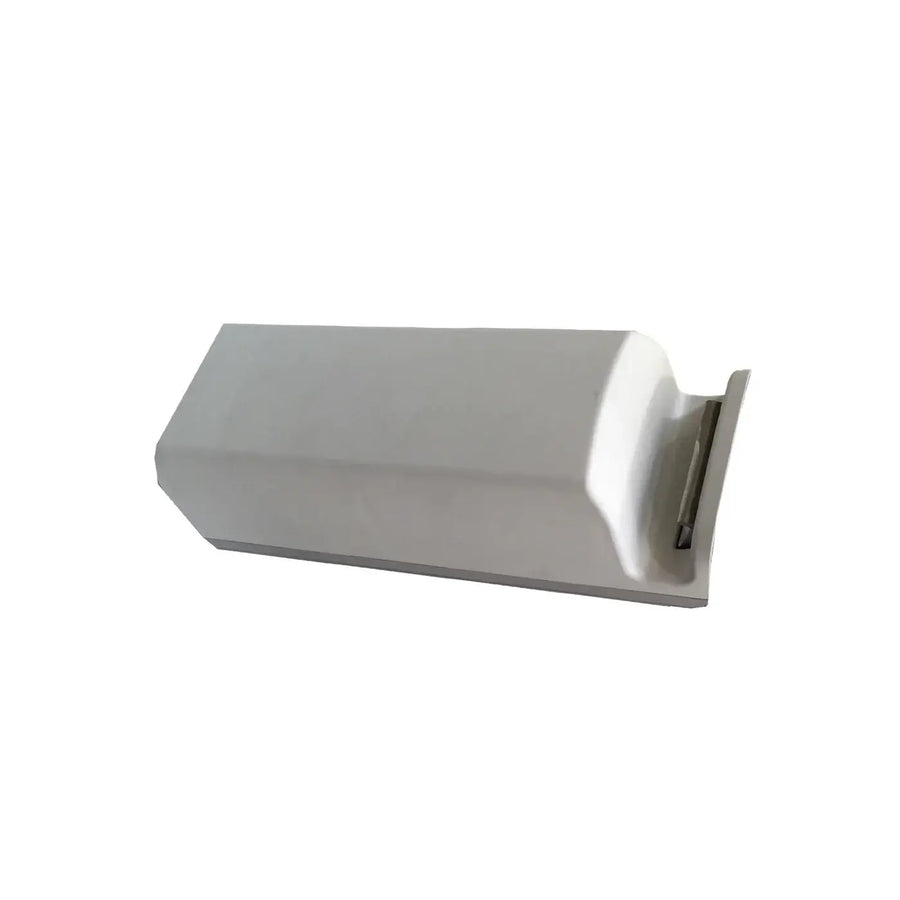
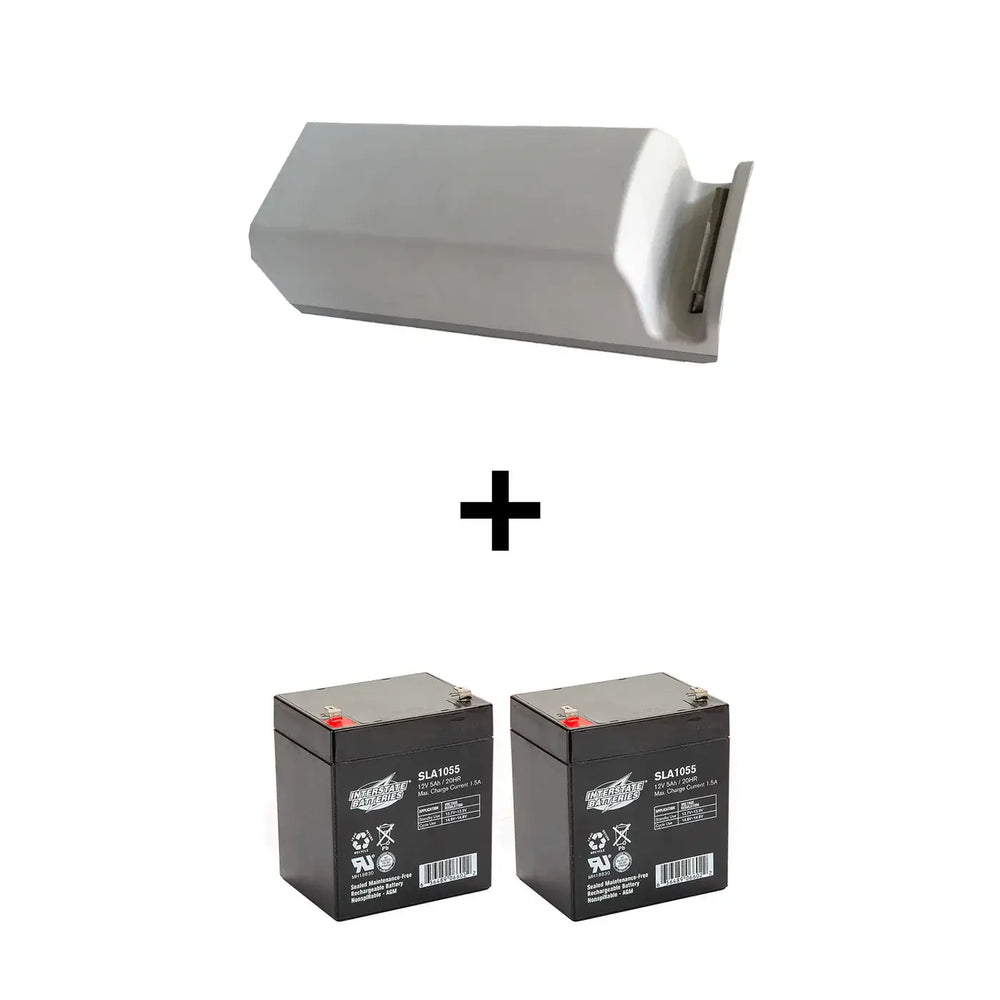

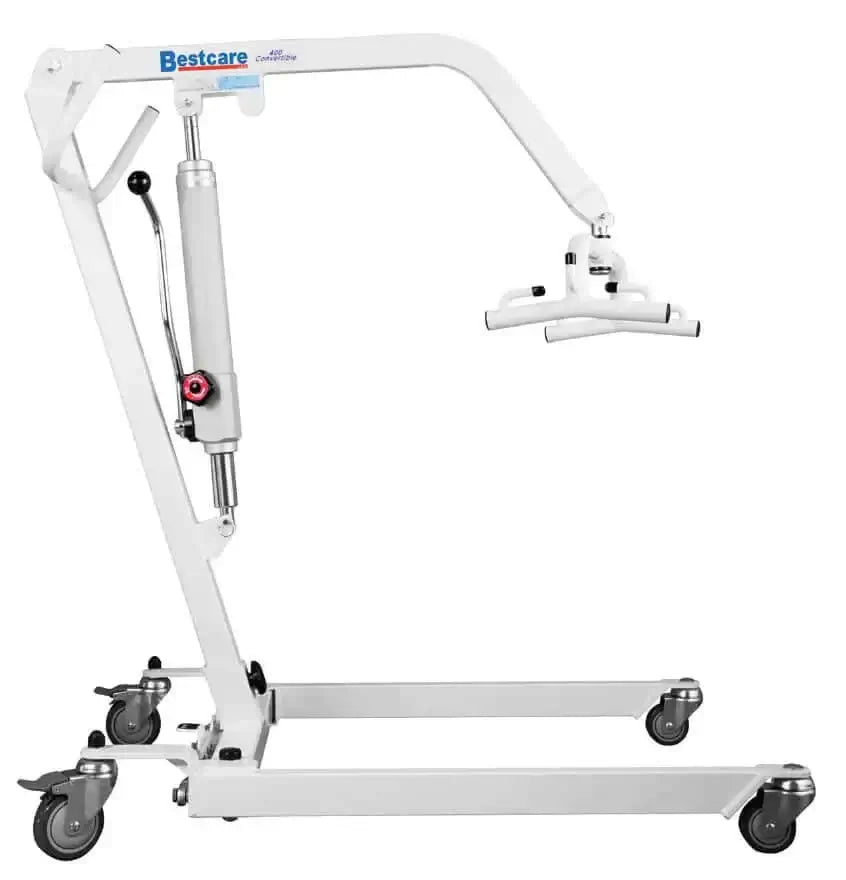
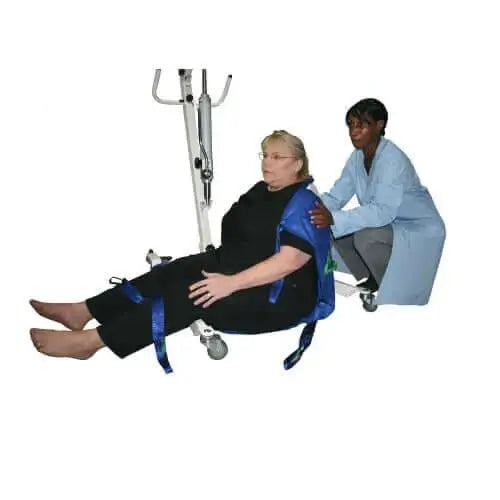
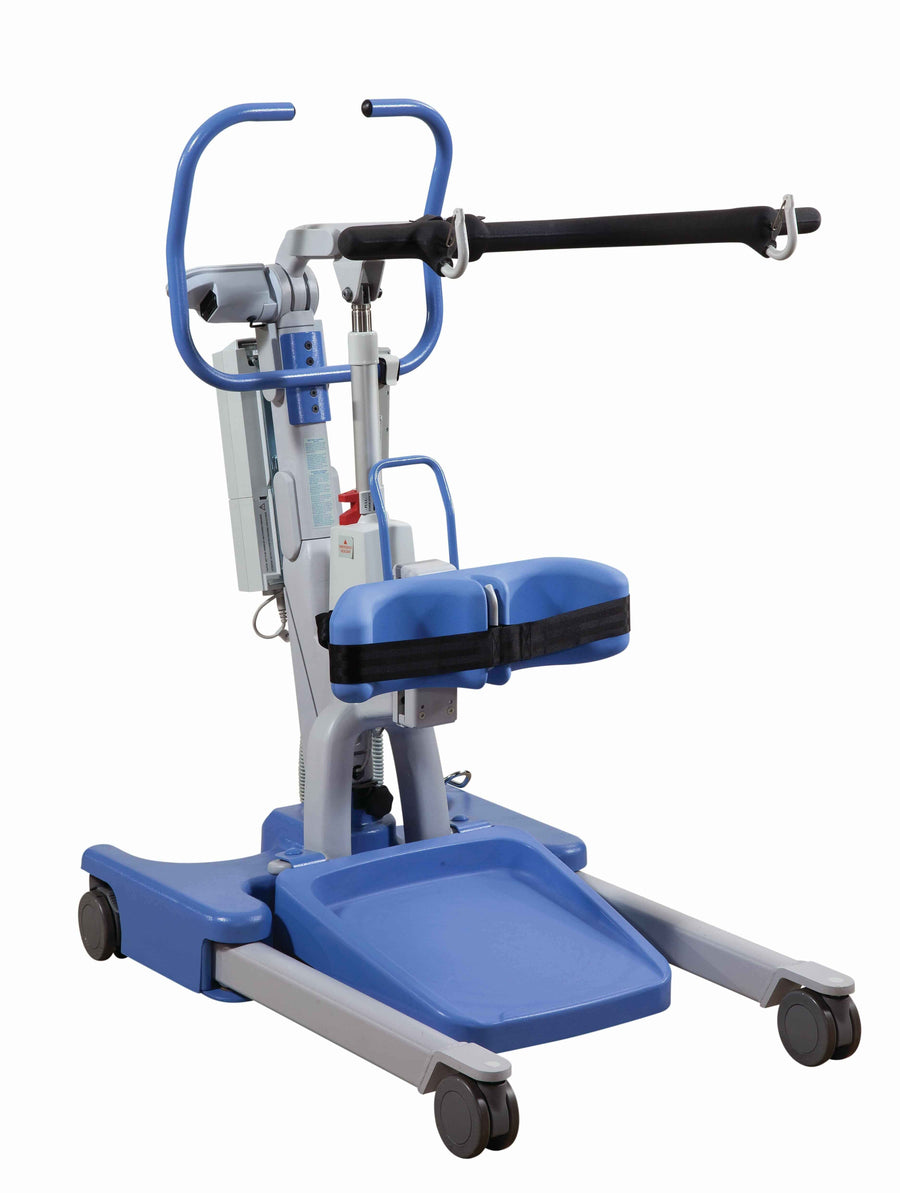
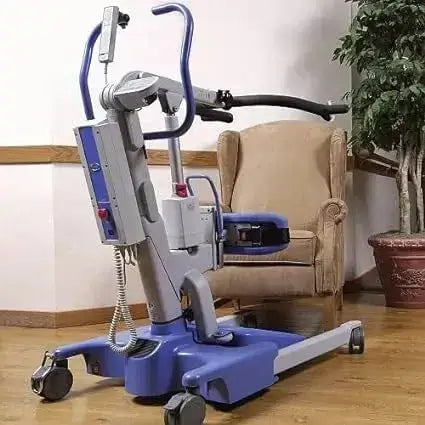
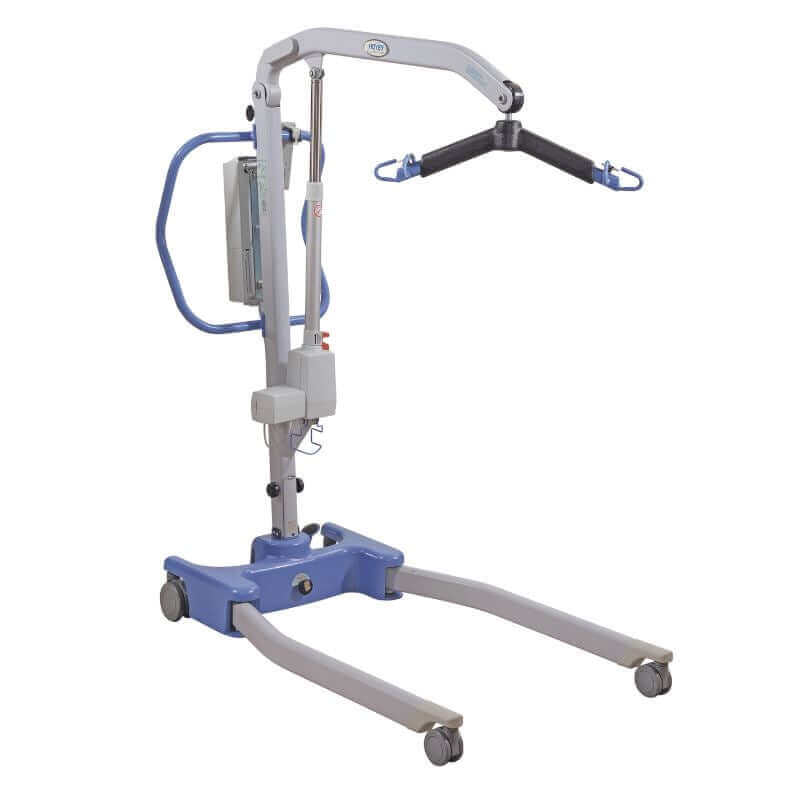
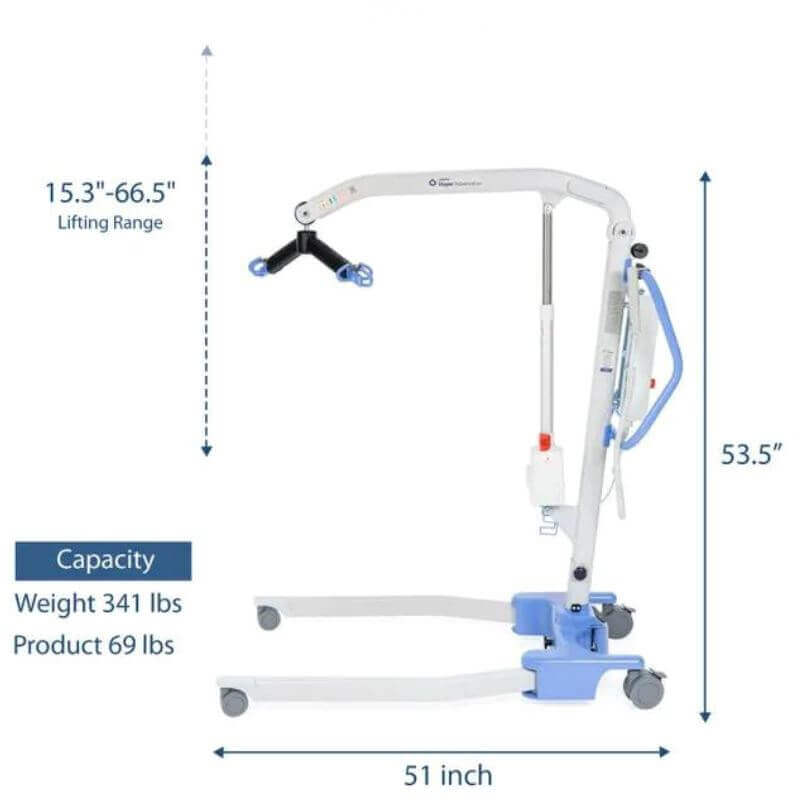
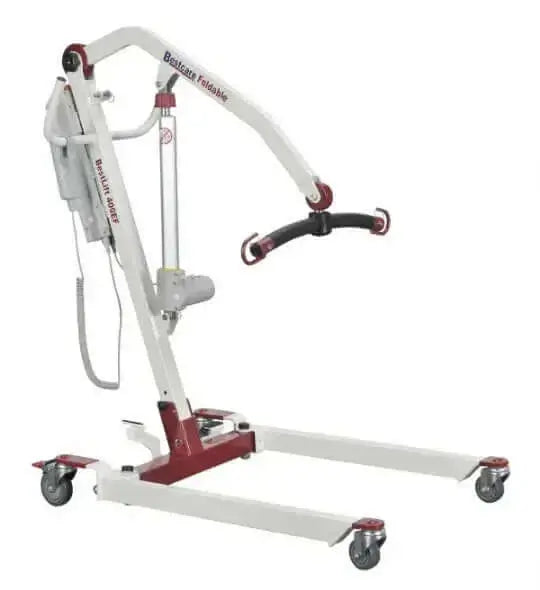
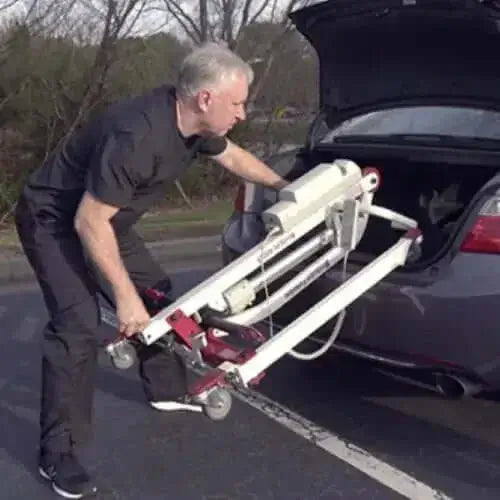
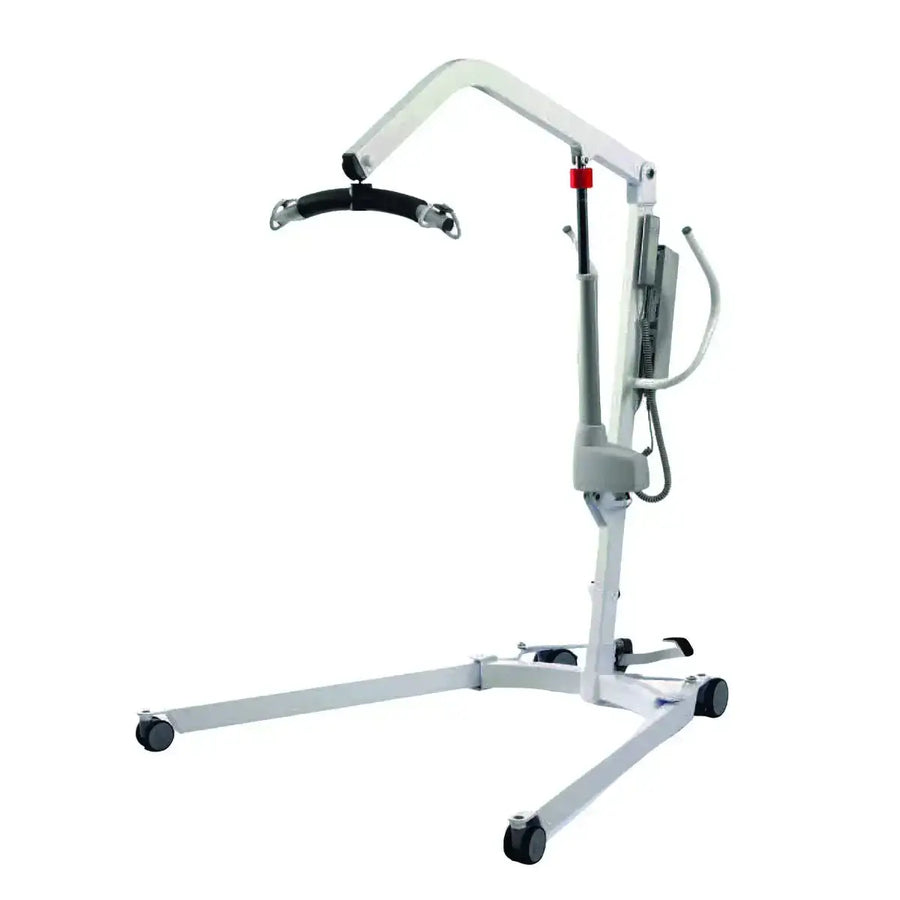
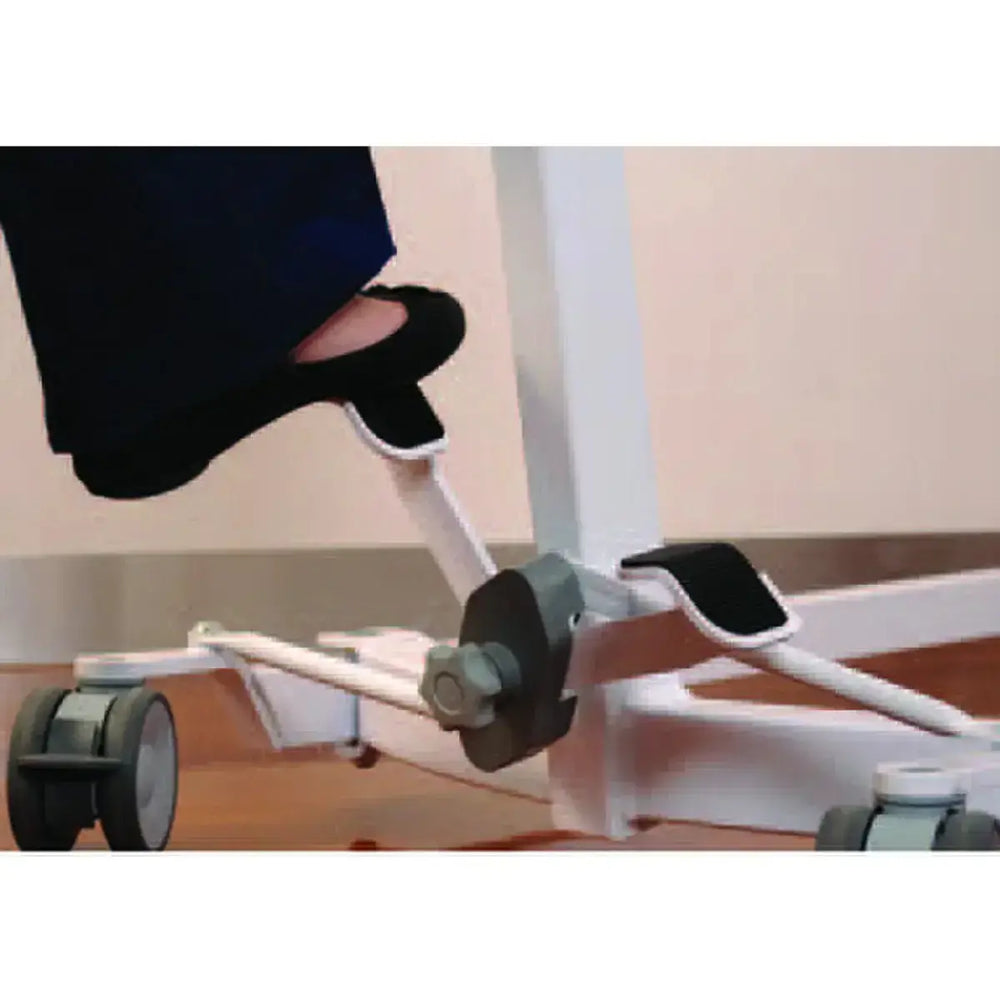
Leave a comment